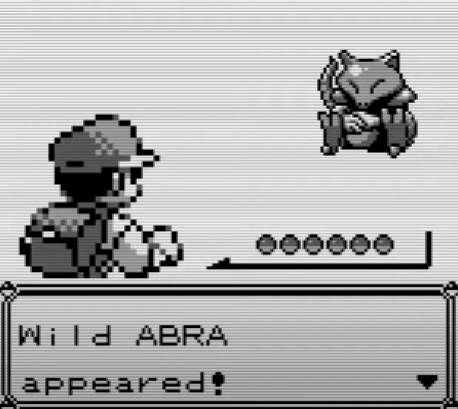How superstitious in-game behaviours become habits
In this guest post, psychologist Aidan Barry discusses how some of gaming's more quirky behaviour patterns form and why they become ingrained as myths within the gaming community.
There's a famous rumour in Pokemon Red & Blue; pressing Down on the D-Pad and B while throwing a Pokeball apparently increases your chance of catching a Pokemon.
This, of course, isn't true, and was later proven by hackers digging into the code that this had no impact on the game whatsoever. But the ritual pervaded nonetheless and has been enshrined as a form of superstition within the game.
That word, ritual, often evokes certain ideas or beliefs. It might conjure up the idea of religious ceremonies or spiritual practices. We might not necessarily think that rituals are pervasive in gaming, just as they are in other areas of life.
Often, rituals are given different names; sometimes they're called superstitions, sometimes hacks, or even sometimes just a thing that you do. Contextualising ritualistic behaviour in gaming is something I've been interested in lately, and I want to explore this. That said, there is such a wea…
Keep reading with a 7-day free trial
Subscribe to Infinite Lives to keep reading this post and get 7 days of free access to the full post archives.



